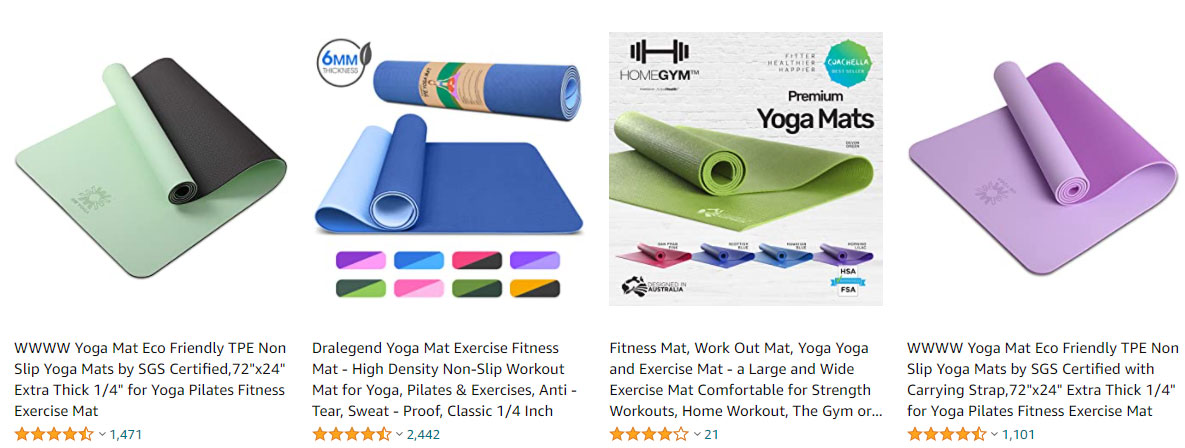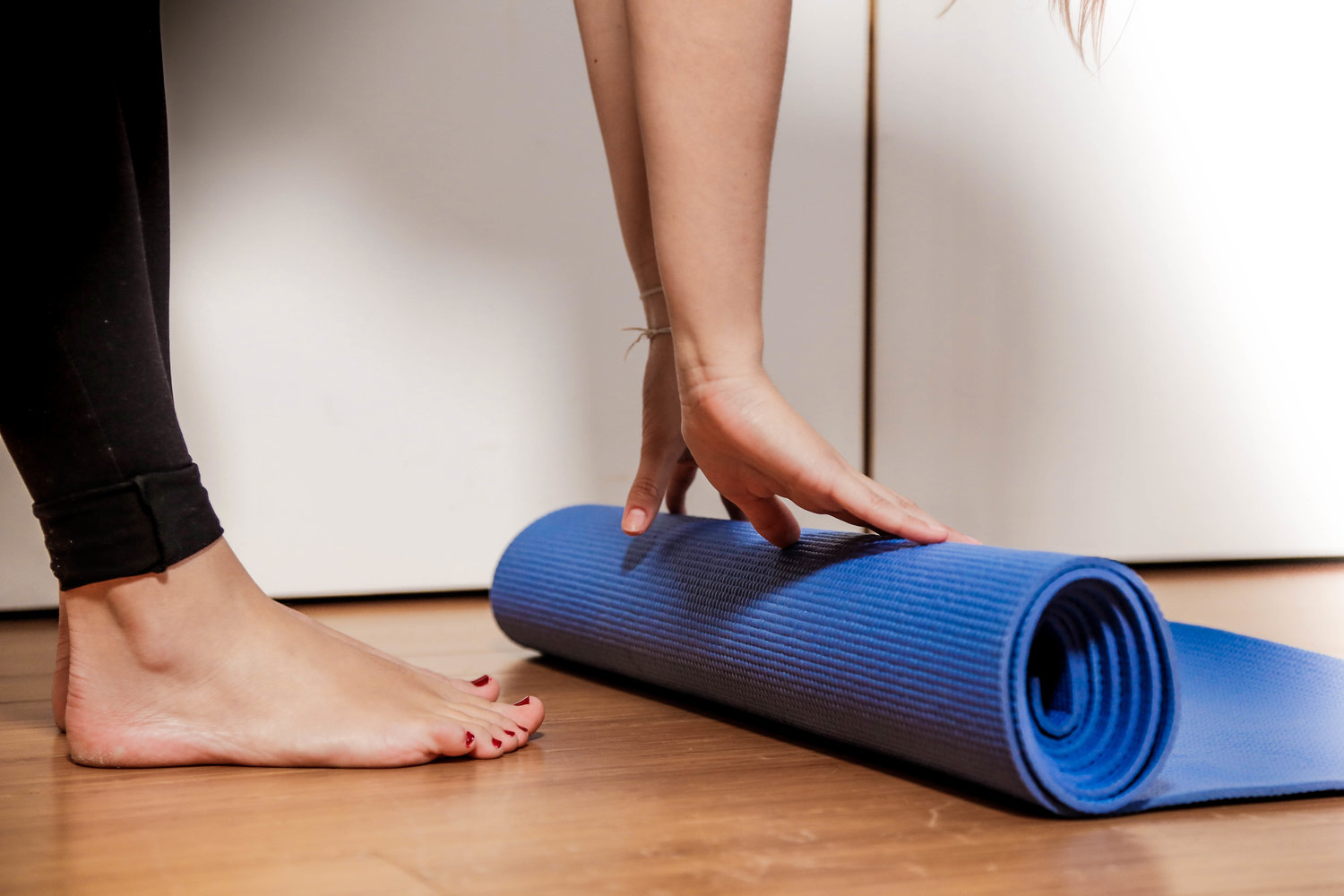How to choose your yoga mat
You have taken your first class and want to invest in a yoga mat to continue your practice? But horror, seeing all the possible ranges, the different thicknesses, the materials, you came home empty-handed from the store. Do you really need special skills to buy a yoga mat? Don't panic! In this article, I will help you choose your yoga mat so that it is best suited to your practice, but also so that it doesn't cost you an arm.
We buy a yoga mat, as a simple accessory... And then, as the days go by, it becomes our most precious companion. It's the one that welcomes our falls in balance, our crazy laughter or tears during meditations and it's the one that observes our evolution, witnessing our little victories over ourselves.
Your yoga mat will become the place where it is time to let go. An intimate place, where you connect to yourself, where you take the time to observe what is going on inside, without looking away.
But at the moment you choose it, there is nothing to suggest the special relationship you will one day have with your yoga mat...
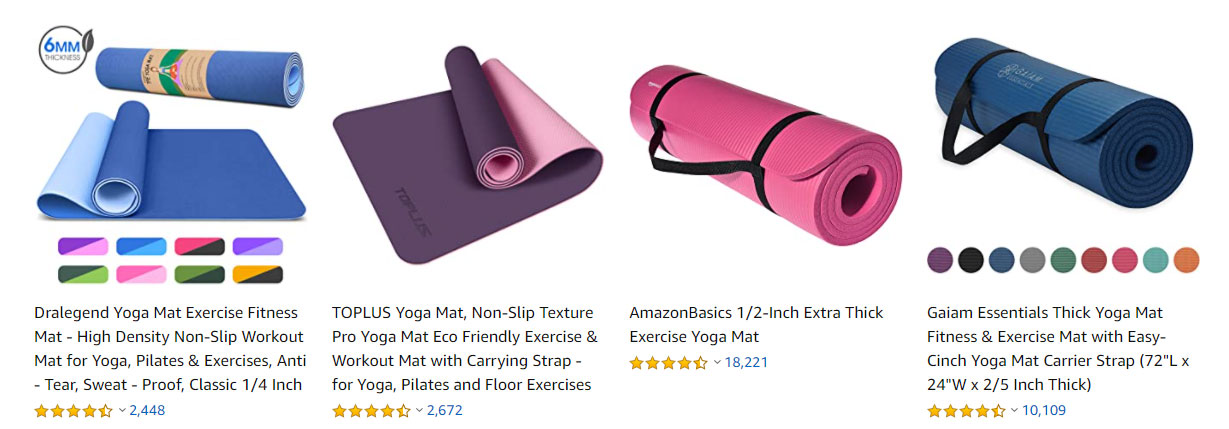
Why do you need a yoga mat?
If you are new to yoga, your mat will become an indispensable part of your sessions. Of course, if your teacher or studio offers one, you may not need to invest in this equipment right away. However, having your own yoga mat has two big advantages.
The first is that you will be able to practice at home outside of your sessions. There's nothing better than being able to roll out your mat in the middle of the living room (when the children/dogs/cats aren't around, of course) and opt for some stretching to regain energy, calm and a good mood. The second is that having your yoga mat will motivate you to continue your sessions. First of all, because it represents an investment, and secondly, because having chosen your mat will make you want to take it with you everywhere you go and test it over and over again.
If you practice at home, you may think that a yoga mat is not essential. After all, a blanket might do the trick? Nevertheless, you'll soon come back to your decision. The floor is hard: it makes floor postures painful. It's cold and uncomfortable, not to mention that a blanket or tile will make you slip a lot during the postures.
But how do you choose the right yoga mat for you then?
Choosing your yoga mat according to your practice
You don't know how to choose your carpet at all? It's normal... There are different ranges with different thicknesses and materials. Without forgetting the price, which goes from simple to triple according to the brands.
It is quite normal to be a little lost among all these criteria. So, the first thing to know is that your yoga mat must adapt to the style of yoga you practice.
However, if you're not sure which yoga you want to go to, or if you practice several different yoga styles, then choose a mat that's neither too thin nor too thick (4 to 6 mm) and non-slip.
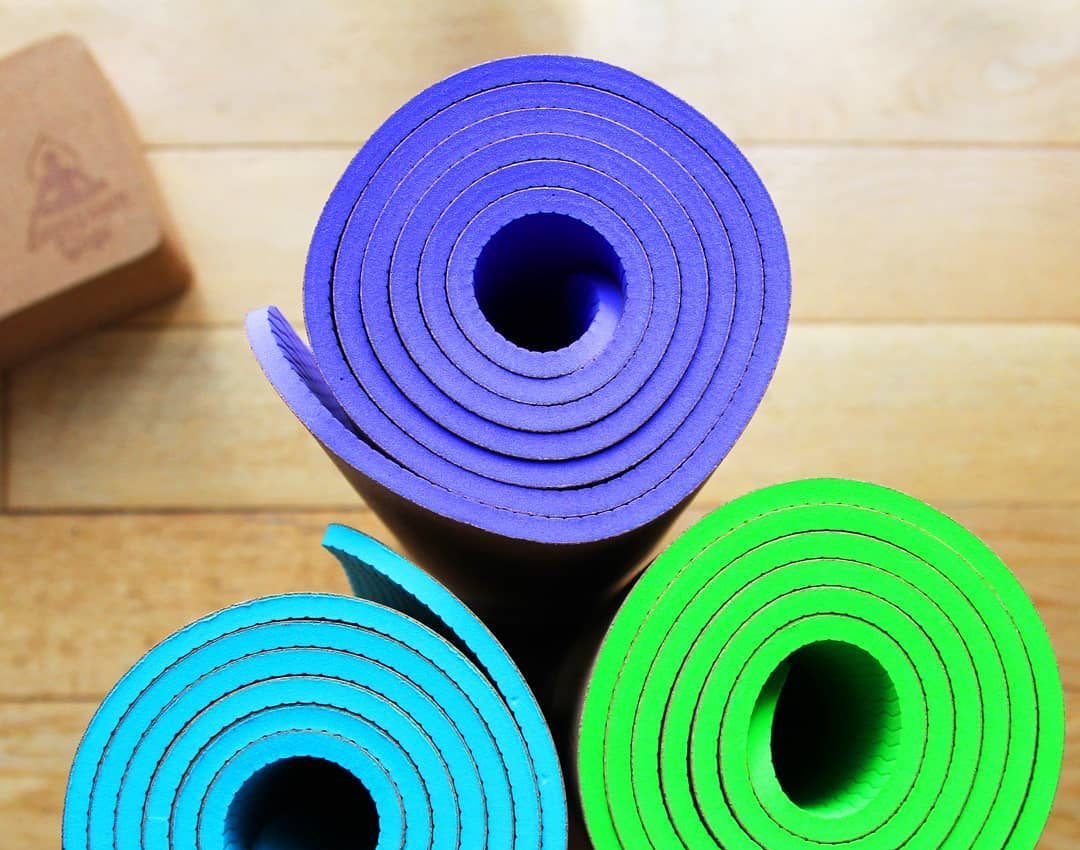
Thick or thin yoga mat?
To choose your ideal carpet, you will certainly ask yourself this question: should it be thin or rather thick? Here is my answer....
A thick mat will be ideal for Yoga Nidra or Yin Yoga practitioners because it does a lot of lying postures. It will be more comfortable in sitting, meditation or on the floor and will promote relaxation. In addition, soft yoga styles are practices where you will not sweat a lot, so your mat will not need to be very sticky. The practice of Pilates can also be adapted with this style of mat. In fact, a thick yoga mat helps protect the joints during the various postures, especially the knees. But what does "thick yoga mat" mean to me? A mat that is 6 to 10 mm thick is considered a thick mat.
However, if you practice dynamic yoga, you will quickly realize that you will sweat from your hands and feet during the postures. This will prevent you from sticking to your mat during certain postures. This is why you need a yoga mat that is as thin as possible (especially in Ashtanga and Hot Yoga) or of medium thickness (in Vinyasa, Iyengar). Here we are talking about a thickness of 3 mm for Ashtanga and a maximum of 5 mm for other types of dynamic yoga.
A non-slip yoga mat: is it mandatory?
Nevertheless, in any case, if you practice yoga where you move around a lot, your mat should be non-slip. Indeed, in the opposite case, you will be hindered in your postures, especially in a dog upside down where you will slide. With a mat that lacks grip (often thick mats), you may even hurt yourself more easily, lose attention in your practice and not go through with your postures.
Finally, in your choice, don't forget to check the adherence of your mat both on the floor and on the other side. Because if you do not slip during the postures but your mat moves on the floor, this will also be a disadvantage.
On the other hand, you may be a Hatha-Yoga practitioner and there, it gets a bit complicated... Indeed, Hatha-Yoga includes many postures on the ground, but also standing postures. Depending on the sessions, you may sweat a little or not sweat at all. So, I still advise you to opt for a mat of average thickness (5/6 mm) in order to have grip during the standing postures. On the other hand, it is preferable to avoid very thin mats (3 mm for example) for more comfort.
On the other hand, be aware that if you are doing balanced standing postures (tree posture for example), a thick mat will not make your task easier either.
Finally, some mats are only 1 mm thick. They are foldable, light and can be carried everywhere. They are therefore perfect for globe-trotters or yoga teachers. Nevertheless, it will be preferable to use them over another mat during your classes for more comfort.
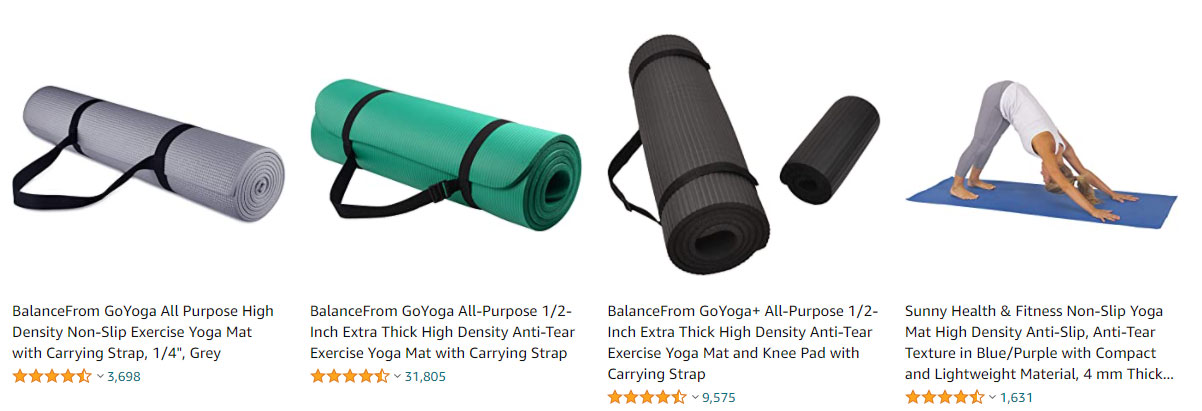
I got the wrong carpet: what can I do?
In the end, is it so serious to get the wrong mat for your practice? Well, not really. In fact, that's what happened to me when I signed up for my first yoga class. I opted for an 8 mm thick mat from Decathlon. Now I practice... Vinyasa! So, during class, my hands were always slipping during the upside down dog posture. My solution? A small towel that I placed at the top of my mat, under my hands, to avoid this inconvenience. Also, during the balance postures, I would get off the mat to stabilize myself.
Also, if you have a thin mat, you may one day notice that leaning on your knees is painful during sitting postures. You can then place a blanket underneath or roll your mat until it forms a small thickness under the knee.
Choosing your yoga mat according to the subject matter
You can discover yoga mats with different materials: natural rubber, PVC, TPE, hemp...
In general, the materials of yoga mats make them strong and resistant. Indeed, it is said that a yoga mat can last from 3 to 7 years, even with daily practice. You'll know it's time to change it when you see holes in your mat, when it becomes thinner or when you feel it's less protective of the floor.
However, some yoga mats are formulated with environmentally friendly materials and others help limit the risk of allergies (especially to latex). Thus, on this criterion, there is no really bad choice: it is up to you to see what will suit you best according to your values and needs.
Finally, don't forget that a yoga mat is designed to accompany you during your outdoor sessions. Here again, if it is thick, it will be heavy and cumbersome. While some mats can be rolled up in a bag easily. The ideal weight is around 1.5kg maximum. Also, most mats come with carrying straps or bags to take them everywhere.
